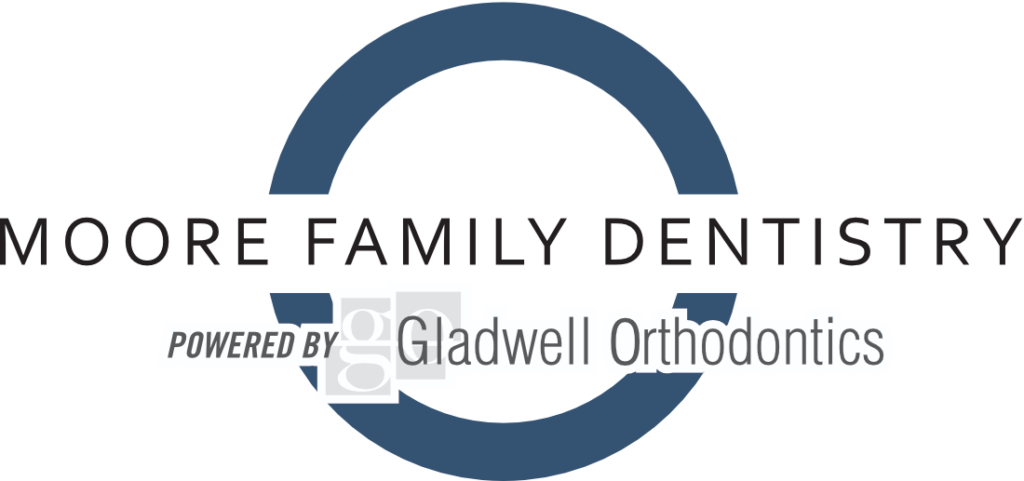For many people, a trip to the dentist is a pretty serious – and seriously scary – thing. Some procedures are painful, highly invasive things that nobody wants to be awake for, while for others, it’s a matter of suffering from dental phobia.
Sedation Dentistry provides a relaxing, stress-free experience for dental patients and enables those that are too scared to visit the dentist to get the care they need without the associated fear.
Did you know that approximately 30% of the population avoids going to the dentist because they’re afraid to? That’s a lot of people that don’t get the dental care that they need to retain a healthy smile!
I Want to be Sedated – Whatever That Means.
Sedation is the use of sedatives – a type of drug – to achieve a calm, relaxed state. Examples of sedatives are tranquilizers, depressants, anti-anxiety medications and nitrous oxide. There are many ways of administering them, including IV, inhalation and by swallowing a pill. The IV (intravenous) is no longer the primary method of sedative delivery – good news for those of us that aren’t fond of needles.
Sedation dentistry is very, very common in North America since it is very easy and requires no needles (another phobia of many members of the population). Best of all, these medications make sure that most patients don’t even remember the treatment that they just went through.
What’s the Difference Between Local Anesthetic and Sedation?
Local anesthetic blocks pain from a single area, for example, the right side of the mouth, while sedation dulls your pain receptors in general.
Most procedures will require you to have both a sedative and a local anesthetic.
Sedation Dentistry: The Benefits
Sedated patients often feel as if their procedure only lasted a few minutes when it could actually have been several hours, so procedures that normally require many separate visits can actually take fewer appointments than usual.
So, if the length of time that a procedure may require is what is stopping you from having adjustments made to your smile – like various forms of brace, or even veneers – if you opt for sedative dentistry, your appointments will actually feel much shorter than they really are. This is a huge plus for most people!
Be Prepared!
Patients of this method of dentistry will want to arrange to have a caregiver take them to their dentist appointment, pick them up when it’s over and possibly spend some time with them afterward while the sedative wears off.
Sedation Types
Moderate Sedation: Moderate sedation means being less conscious than normal. You can still breathe independently, you still have your reflexes and you still respond to stimulation, but you are less aware of pain, sounds and smells. Patients will be told to take the medication before their appointment before they arrive.
Anxiolysis: Mild sedation for relieving anxiety, such as “laughing gas”, which causes some tingling/numbness and an overall happy feeling. Pills may be used in place of the gas.
General Anesthesia: Used for surgery.

